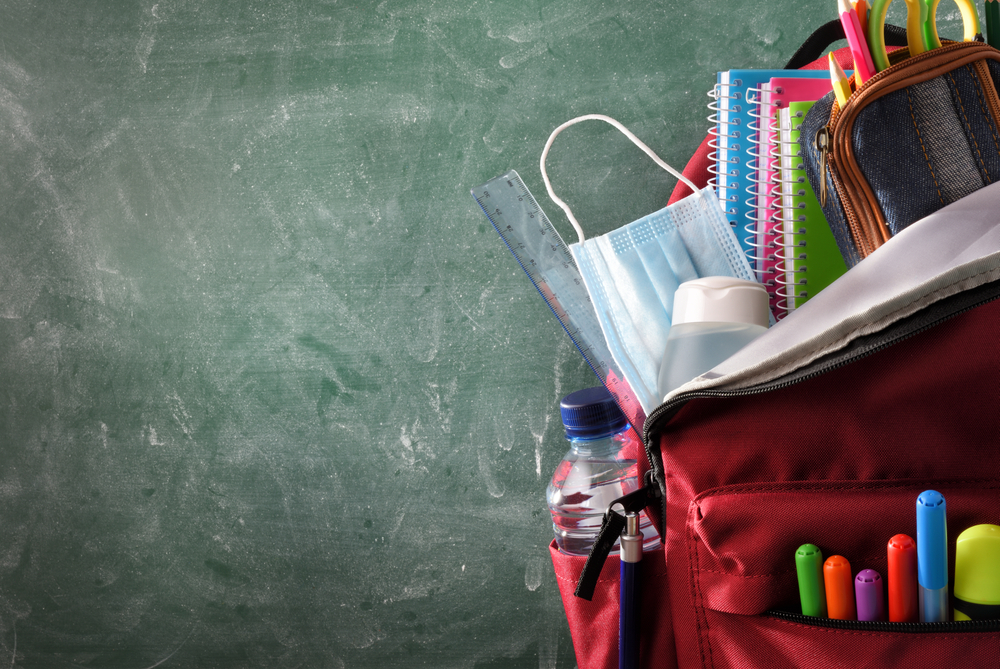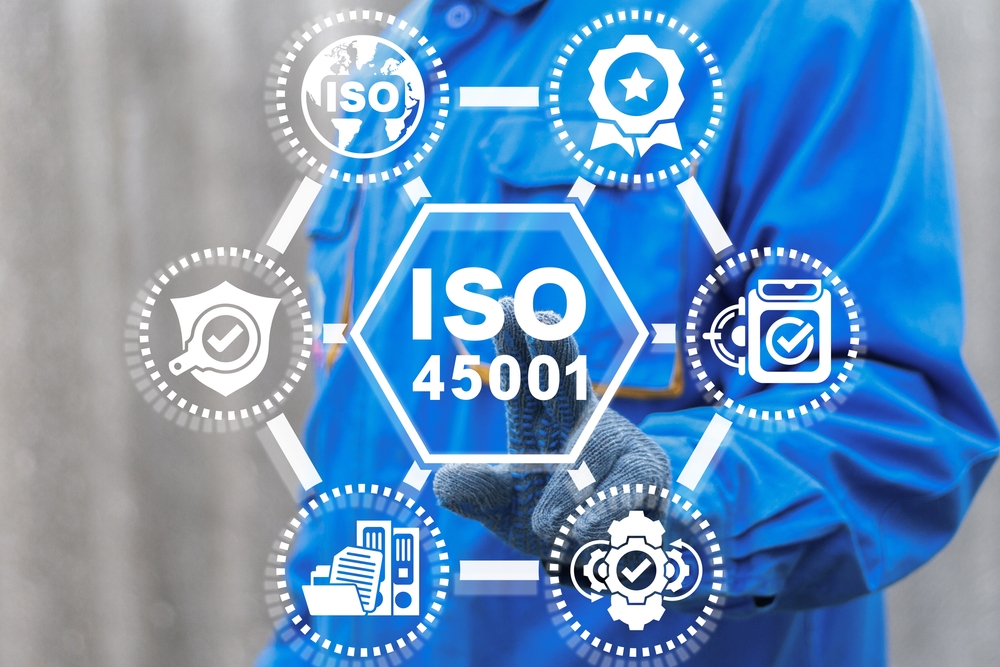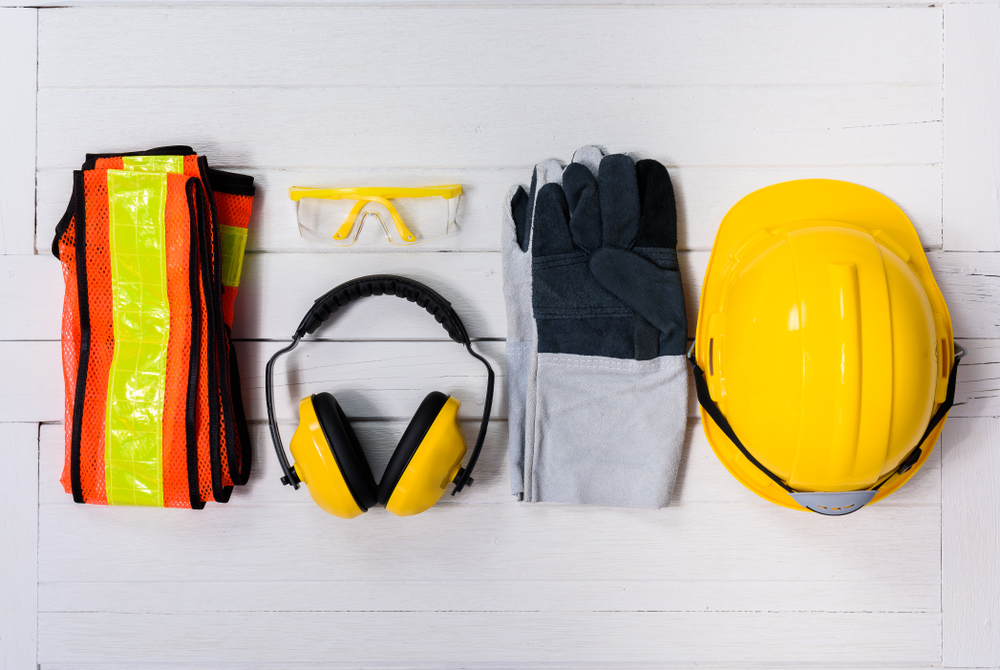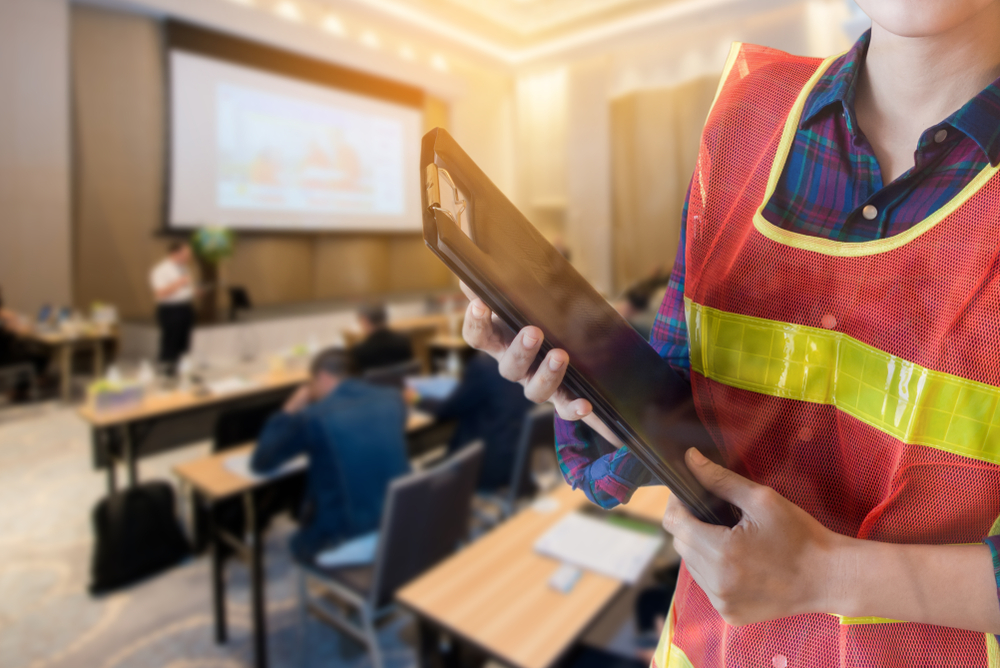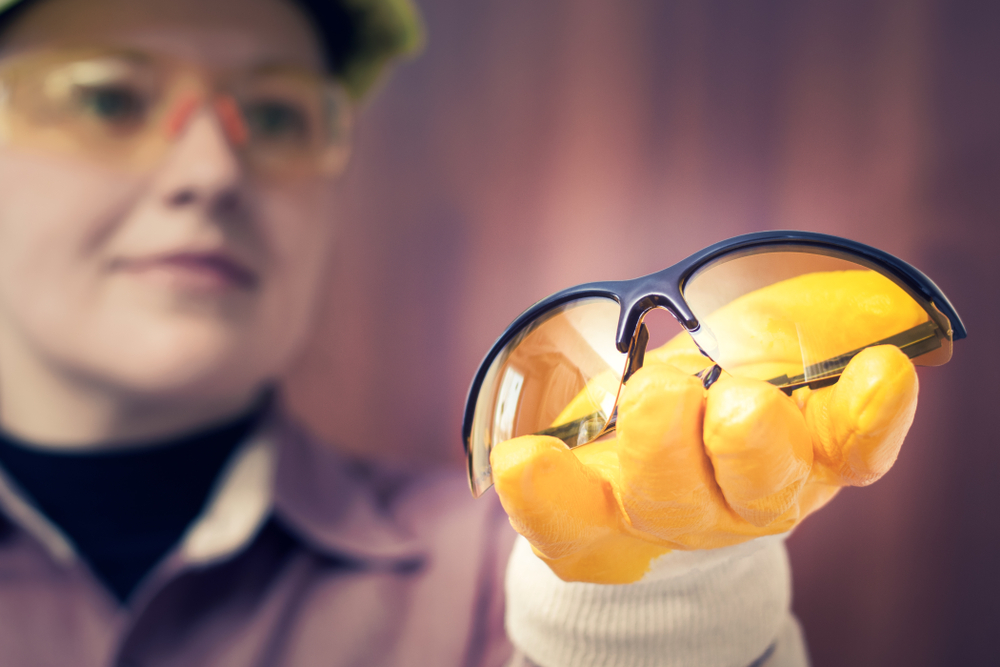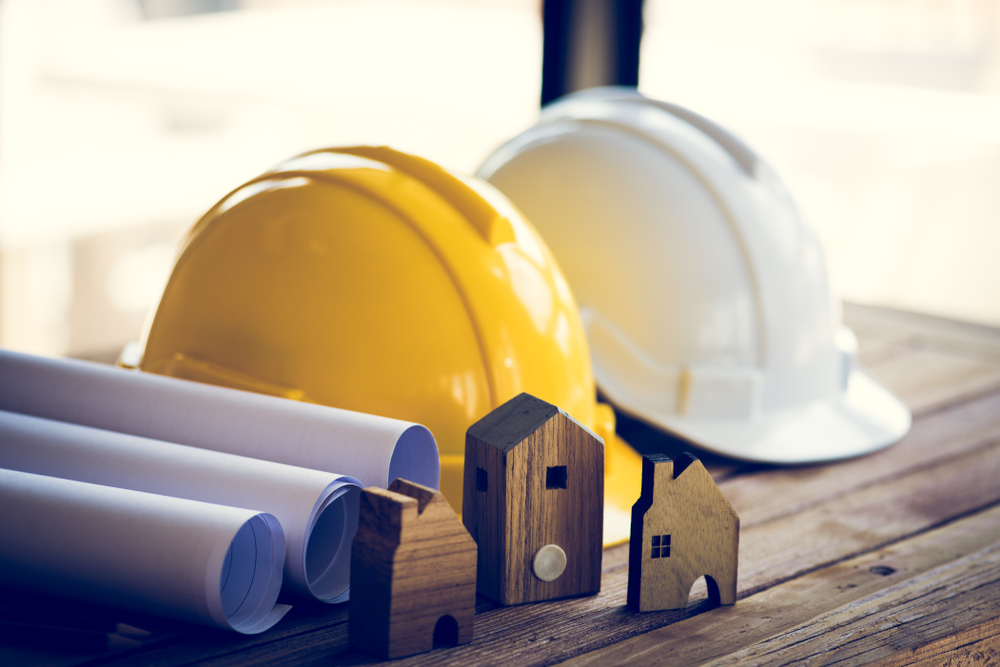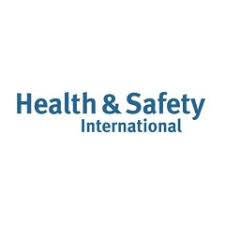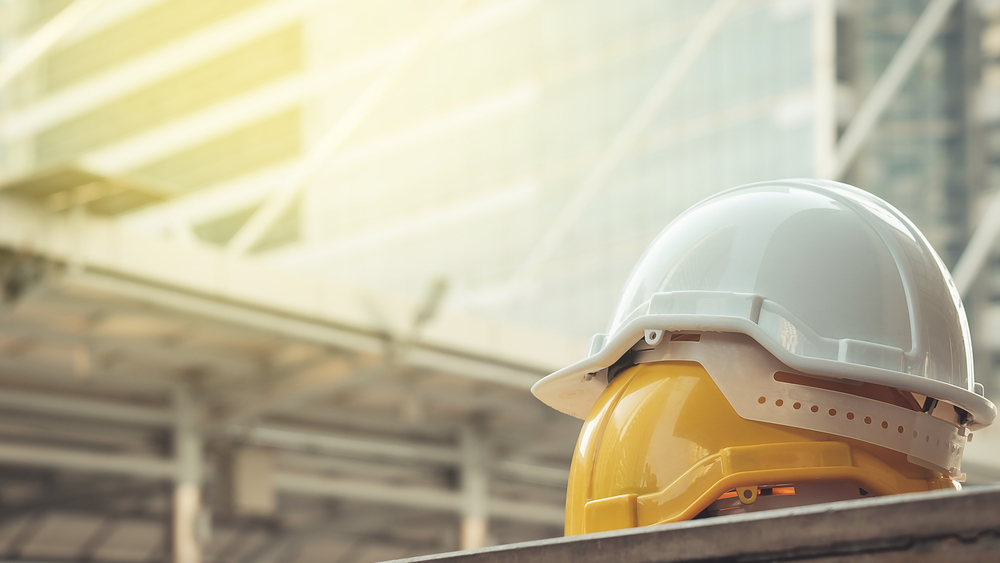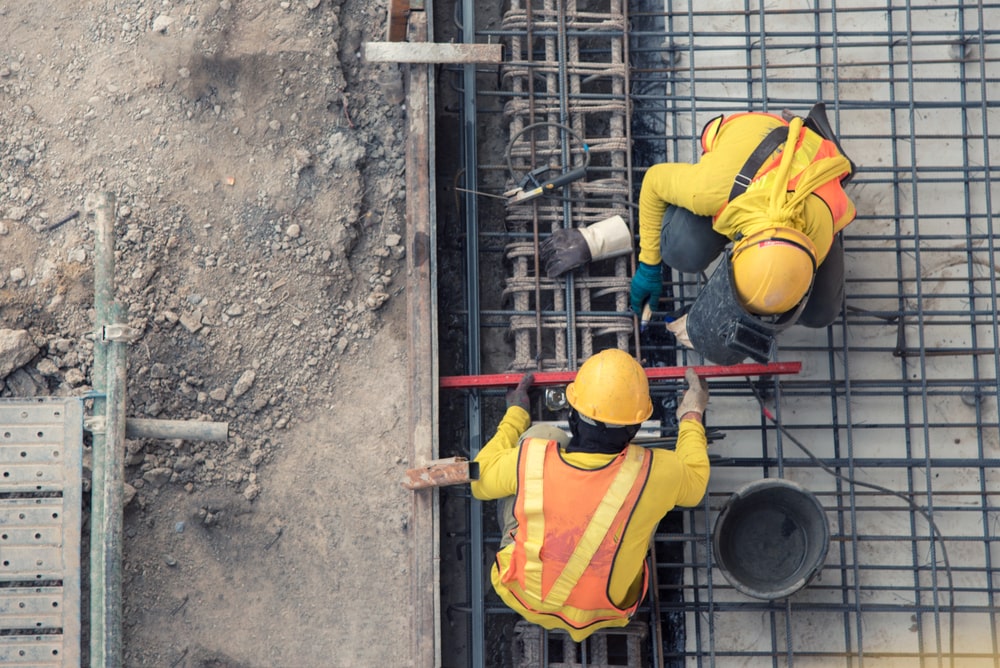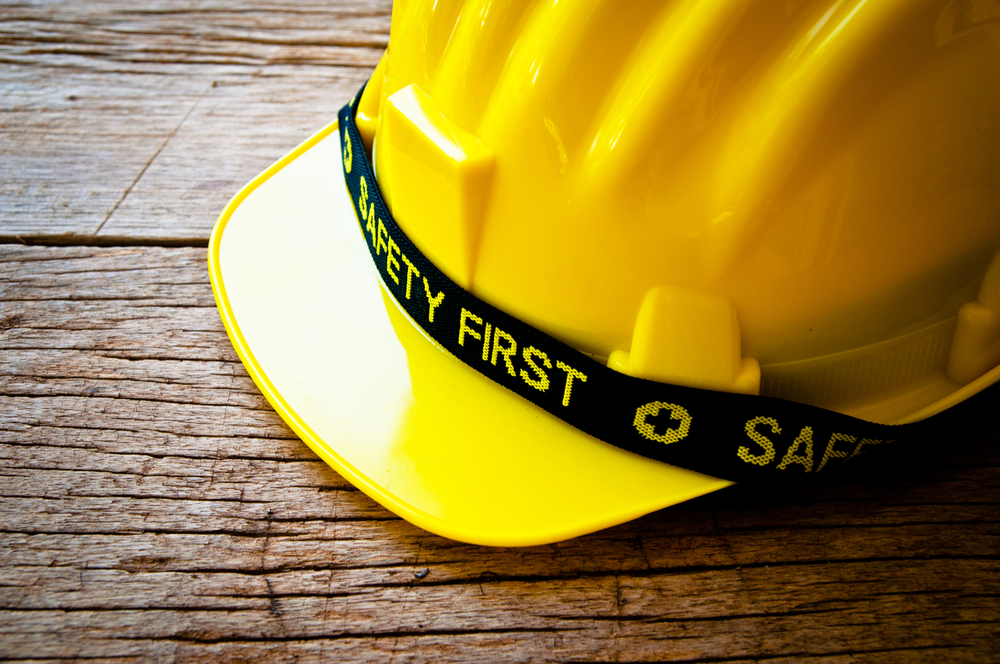News Post
The Importance of Face Fit Testing in the Pandemic & Beyond
As the COVID-19 pandemic intensified in 2020, the UK Government unveiled its personal protective equipment (PPE) strategy. Included in the strategy was the Government’s decision to purchase a larger number of UK-manufactured FFP3 respirators to be delivered to NHS organisations.
This purchase was intended to help further secure the supply of respirators on which NHS professionals depended in order to help patients recover from COVID-19. However, the purchase also left NHS staff potentially using respirator brands with which they were relatively unfamiliar.
Consequently, the NHS acknowledged its need for fit testing support, as each respirator would need to be safely secured to at least two masks in order to be safely used as PPE. A respirator is also a form of RPE (respiratory protective equipment) and is essentially a filtering device for removing contaminants from the air in a given workplace.
The pandemic has naturally led to an increased demand for respirators and, as a result, for face fit testing. This is because any workplace that provides RPE to its employees must have documentation evidencing that this RPE fits and protects the wearer properly.
However, even as the pandemic subsides, RPE and, as a knock-on effect, face fit testing, will remain relevant to workers in both the public and private sector. Here at SMS Europe, we can provide your business with comprehensive face fit testing. To learn more, call us on 0845 224 0028, or email us at office@smseurope.co.uk.
What is face fit testing?
Quite simply, if you are an employer of any worker that is required to use RPE for their job, face fit testing is there to ensure that the RPE you order for this worker fits and protects them properly.
You would be best advised to arrange face fit testing at the stage where individual users are initially provided with a choice of suitable RPE. Once the user has had a successful fit test, you should make sure the same make, model, type, and size of facepiece used are subsequently offered for that worker.
If any particular employee of yours needs more than one kind of tight-fitting facepiece, you should get a fit test for each of these types. You should, however, check that any RPE fit testing you arrange will be conducted by someone suitably trained, qualified, and experienced.
We will later return to the point of how you can check this. But first, a note on facial hair. Many masks need a tight seal against the face to ensure that, when air is breathed in, it is brought into the filter material and cleaned.
Without a perfect seal, the mask could let ‘dirty’ air enter through the gaps and, from there, into the lungs. For this reason, fit test methods require the RPE wearer to be clean-shaven before putting on the mask. A truly protective seal is impossible in the presence of facial hair.
The benefits and importance of face fit testing
As the Health & Safety Executive (HSE) explains, RPE comes in many forms. The goal of all RPE is to protect wearers from various hazards, accommodate a range of work situations and match wearers’ specific requirements. However, as employers are legally required to protect their employees’ health and safety, these employers must select RPE that closely fits these workers. If ill-fitting RPE doesn’t fit or protect workers, the employer is not meeting their legal requirements. If you employ workers who need to use RPE, the implication is simple. Both legally and ethically, you must provide face fit testing for these workers.
When you source RPE, you need to make sure that tight-fitting respirators do exactly that: fit tightly to the wearer’s face. Otherwise, the respirator will leak – and if RPE does leak, it will be incapable of protecting the wearer.
However, you are unlikely to find any specific type of RPE facepiece that can quite serve as a one-size-fits-all solution. Naturally, your workers are likely to come in various shapes and sizes so any piece of RPE built for a specific wearer will need to closely fit them.
Why choose SMS Europe for face fit testing?
We earlier mentioned the importance of ensuring that any face fit test you organise is carried out by a competent person. Here at SMS Europe, we have introduced face fit testing services for all of your staff who use any disposable filtering facepieces (FFPs), or half mask type respirators.
Our health & safety consultancy team also provides full detailed reports for facepieces. This is valuable documentation you can use to prove, wherever necessary, that your company is adhering to requirements specified in the HSE guidance note 282/28.
No matter what type of face fit test you need. Be it qualitative tests, quantitative tests, or periodic face-fitting tests, you can rest assured that, when you turn to SMS Europe, the person who undertakes the test will be appropriately trained and qualified.
Any face fit test we provide for you will comprise various stages. Initially, we will briefly outline the need for face fit testing and then correctly fit respirator masks.
The qualitative fit test will assess how the mask and hood are worn, while we will also test the RPE’s sensitivity to a substance. We offer practical face fit testing of FFPs or half mask type respirators, and can include exercises that test the RPE’s reaction to a substance.
Ultimately, the outcome of the fit test will be summarised by a pass or fail result. We will provide you with not only a certificate of the test but also the required records of testing.
Get in touch with us today
If you would like to contact us to arrange a face fit test, we ask that the RPE wearer to be involved in the test is clean-shaven and does not eat or drink, chew gum or smoke for at least an hour before the test begins. However, the wearer is allowed to drink water if required.
We also ask that the wearer brings with them any other PPE – like a hard hat or goggles – that they intend to wear with the RPE in their work. You can discuss your face fit testing requirements with us by phoning 0845 224 0028 or emailing us at office@smseurope.co.uk
Latest News
Health and Safety in Schools Checklist
Health and safety should be a top priority in any workplace, but especially in schools. Not only are you responsible for your staff’s safety, but you need to maintain the welfare of your pupils too. To do so, you must uphold your legal complian..
It can be difficult to decide your future path - a lot can ride on it, after all - but a career in health and safety could be the right choice for you. There are several types of careers in the health and safety industry that might be a good fit..
What is ISO 45001?
If you’re wondering what ISO 45001 is, then this is the guide for you. Replacing the old OHSAS 18001 standard, ISO 45001 is the new international standard for occupational health and safety management. In this guide, we'l..
Who Enforces Health and Safety?
The enforcement of health and safety is crucial to maintain healthy workplaces. The term health and safety itself covers the safety legislation and safety law that comes under the Health and Safety at Work Act 1974. In general, this means t..
Health and safety training is a requirement in the workplace, no matter which sector you work in. Our experts at SMS Europe have been providing an extensive range of specialist health and safety services for almost 20 years. To help make work en..
Health and safety in the workplace is all about controlling risks in a way that protects both your employees and your company. Strong leadership, including your employees, managers, suppliers, contractors, and consumers, is a characteristic of great ..
Health and safety in the workplace is immeasurably important. But, without the Health and Safety at Work Act of 1974, we might have never prized safety so highly. This piece of workplace legislation is highly significant and indeed has transform..
Fire Safety and Fire Risk Assessment at Leased Offices and Buildings Fire safety at leased single and multi- tenanted offices can be approached in a number of ways. Generally speaking, there are three types of premises, (single occupancy lea..
Safety Gloves
Please have a read at SMSE Managing Director Philip Marsden's article on Safety Gloves which is published in the February 2022 edition of Health and Safety International Magazine. https://www.hsimagazine.com/article/fits-like-a-glove/ We wo..
Current Health and Safety Industry Trends
New Guidance Released for Managing Home Workers As an employer, you have the same health and safety responsibilities for those who work from home as you do for all other employees who may work from the workplace. In most cases, the dange..
Who Is Responsible for the Health and Safety on a Building Site? Legally, the responsibility of health and safety within the business lies with the employer. It is up to them to make sure the environment meets the necessary health and safety requi..
No one wants to be injured whilst at work, and no one wants their staff to be injured, especially whilst on the job. That doesn’t mean that accidents don’t happen. In fact, each year an average of 22 manufacturing workers die in workplace..

